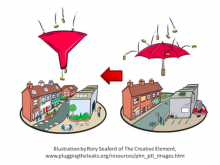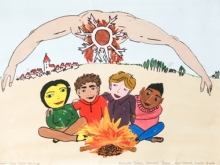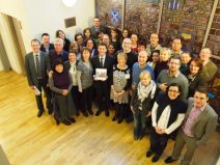
Nagykálló
The Municipality of Nagykálló is in the Northern Great Plain region of eastern Hungary. The town has just over 10,000 inhabitants, though it is also part of the larger surrounding administrative Nagykálló region of some 50,000 people. Nagykálló’s mayor is political head of both the town and the region. Since Hungary entered the EU in 2004, a lot of heavy industry in the area has closed. However agriculture plays a crucial role in the local economy and a number of companies are involved in processing local agricultural products. The unemployment rate is around 16% (2012). Most of those employed work in the service sector.
Nagykálló is close to the border with Romania—where the neighbouring area is largely populated with ethnic Hungarians—and the Ukraine, making Nagykálló a potential service and logistical hub. Its population is ageing, and many of the local young people, especially the better educated, leave Nagykálló to go work in Budapest or abroad. The municipality is trying to prevent mass migration, and to employ young people in communal work projects.
There is a significant Roma presence in the town, representing some 15% of the population. The Roma live in a state of social disadvantage and segregation, and are a population of special concern for the local authority. Nagykálló has developed a pioneering social care system, which places special emphasis on social integration. It provides a range of support and subsidies to disadvantaged families. The area used to have an important community of Hasidic Jews, and pilgrims still visit its Jewish cemeteries. Tourists also come for the town’s annual festival of Hungarian folk arts.
Article
The importance of procurement to city economies
Article
JOBTOWN in Nagykálló: A City's Alliance for Youth Employment
News







